Read next
The latest news, updates and expert views for ambitious, high-achieving and purpose-driven homeowners and property entrepreneurs.

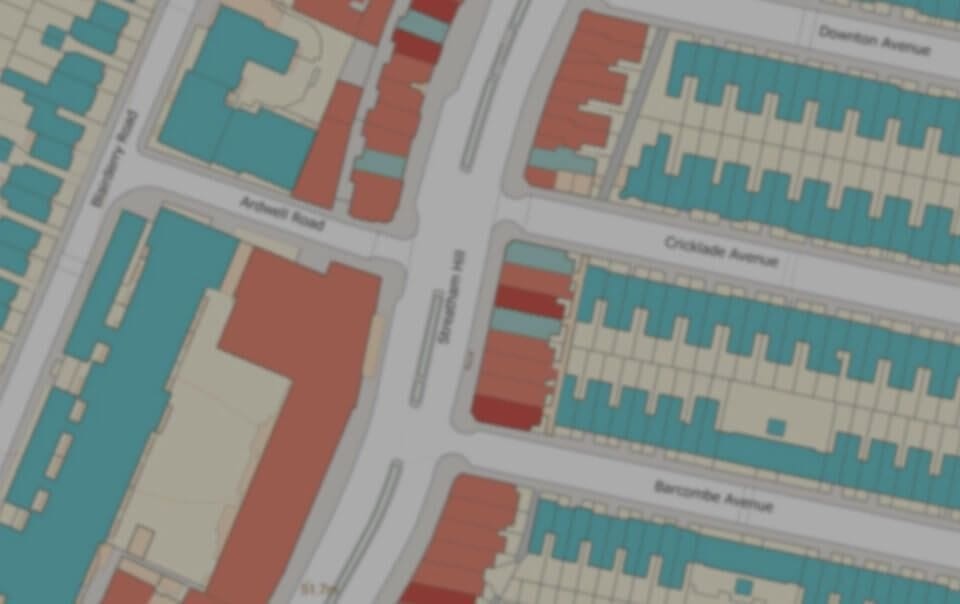
Major amendments were made to the Use Classes Order in September 2020. These came on the back of the government’s summer 2020 Planning for the Future white paper, which promised, among many other things, to streamline the planning process and remove unnecessary red tape.
In many ways, this has certainly been the case with the new Use Classes Order. Permitted development rights – which allow for certain conversions without requiring full planning applications – were expanded. In this article, we’ll discuss what this has meant.
We’ll also discuss where ambiguity still stands – such as where a beauty salon ends and a nail bar begins.
But in sum, the old use classes that formerly determined what you could or couldn’t do with a shop, restaurant, workshop, offices, or even a gym in England were swept away.
The idea was to make it much easier to turn a newsagent into a café, for instance, or an accountant's into a crѐche (or the other way around). The legislation is the Town and Country Planning (Use Classes) (Amendment) (England) Regulations 2020 and we’re going to explain how it has worked and what it has meant.
We have written this article to help you understand the current Use Class E, which replaced former Use Classes A1, A2, A3, B1, B2, D1 and D2. You will also learn which uses are now included in Use Classes F1 and F2, and why this change was made.
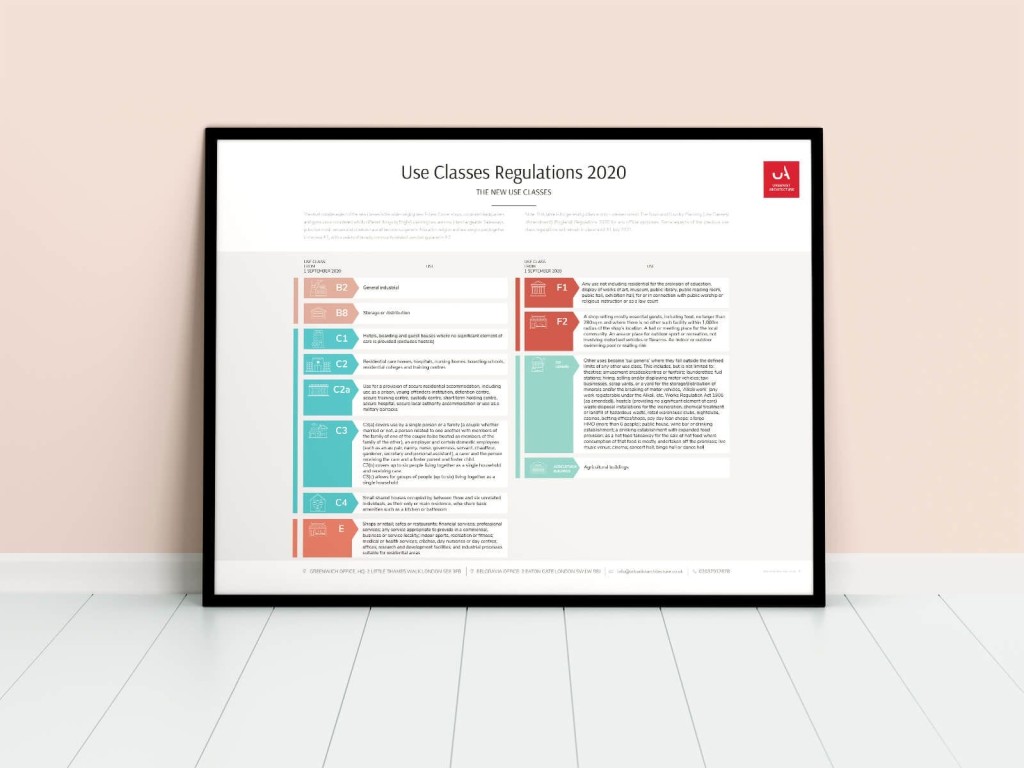
Chart comparing Use Classes Order 1987 and Use Classes Order 2020 (page 1) Chart showing the Previous Use Classes Order (page 2) Chart showing the New Use Classes Order (page 3)
If you owned a business before summer 2020, you are probably familiar with at least one or two of the former planning use classes, which include A1 for shops, A3 for cafés or restaurants, B1(a) for offices and D1 for clinics. These designations allowed councils to determine what buildings were used for what purposes – and you often needed planning permission to change the use, which the council could refuse.
This was the system operating under the use classes order 1987, from the date it originally came into force. However, over the years, central government added increasing levels of flexibility to this use class system by creating various permitted development rights (PDR). These allow you to change from one use to another without planning permission, although councils could suspend these using Article 4 directions.
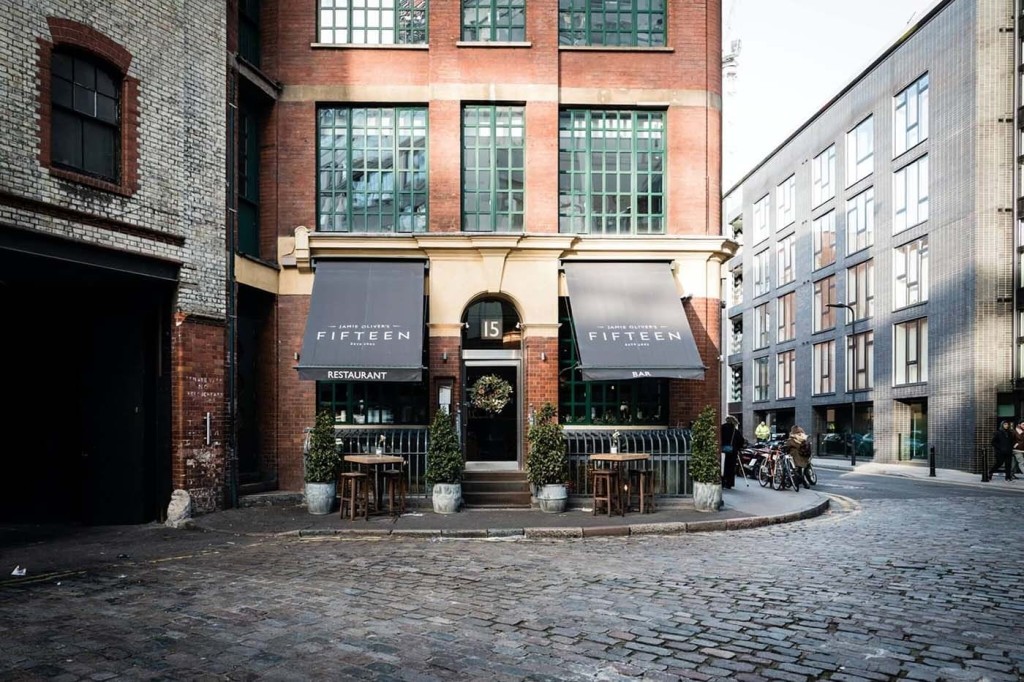
Under the use class order changes 2020, many of those former classes vanished altogether. In their place, a huge number of different business types – including many of those previously labelled as A1, A2, A3, B1, B2, D1 and D2 – were brought together under the new Use Class E.
Anything from a bank to a bowling alley is now covered by Class E, and the owners of them do not have to get planning permission to change the use of their building - as long there are no planning conditions directly mentioning the use class. (They do, however, still need planning permission for any of the external structural changes that you would need if you were, for instance, to turn a bank into a bowling alley.)
Not all shops or high street businesses went into the E pot, though. Small rural shops that sell food and are at least 1km from the next similar shop have gone from A1 to the new F2 community use.
Additionally, pubs and bars (previously A4), takeaways (A5), cinemas and live music venues (D2) have gotten the ever-confusing sui-generis (in other words, they don’t belong with anything else) classification.
One thing you should note, though: where councils had already put in Article 4 directions to block previous permitted development rights – for instance, A1 (shops) to A3 (restaurants and cafés) – those will stay in force even though A classes will no longer exist.

There is a combination of practical and political thinking behind the use class order changes. The political aspect is an attempt to cut down on bureaucracy and let the free market decide what we use our buildings for. Expect more changes to the planning system on those grounds in the coming months and years.
The practical angle is that, as many high streets have been struggling for a long time, it makes sense for owners to be able to switch premises from an obsolete function (e.g. bank branch) to one that draws customers in the 21st century (e.g. coffee shop).
As we said, this principle has been encouraged by permitted development rights for some time, but the 2020 changes to the use classes order brought a huge range of business types into the same category, in theory making switching much, much easier.
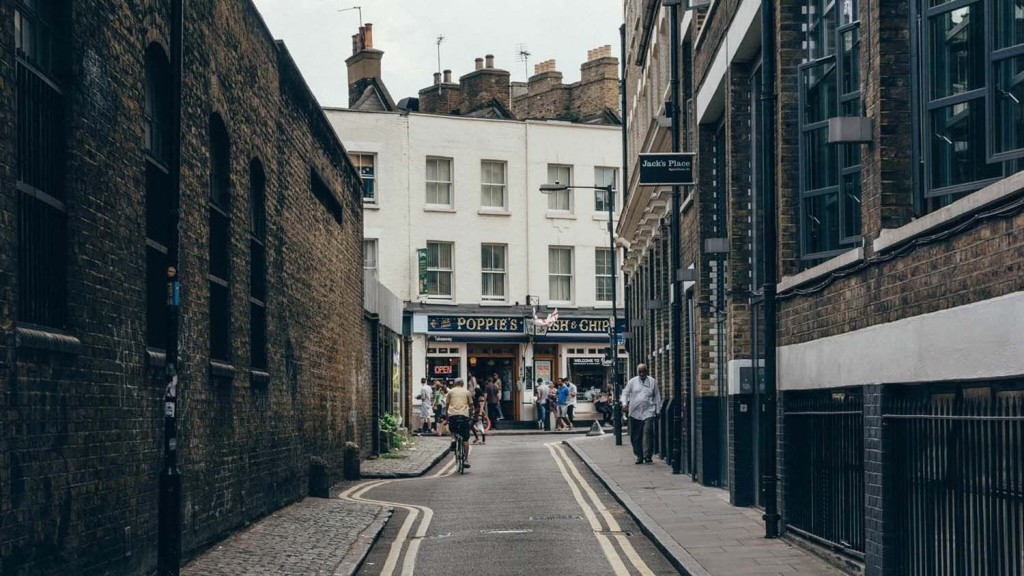
The government hoped that the new use classes legislation would help owners of commercial property, high street businesses and consumers. For owners, it would make it easier to rent out shops and other premises because they now have a much wider range of potential tenants.
And, for the same reason, it should be easier for them to sell shops. If you own a retail business, you now should have more choice about where you set up a shop. Depending on local competition and what the balance is like at the moment, these changes could push shop and office rents up or down.
For the consumer, the idea is that the range of local businesses will now be based on what we actually want to spend our money on, rather than the kind of shops and other services the council would prefer on the high street and elsewhere.
But it’s important to say that – as with any changes to the planning system – how exactly that works out in practice varies. At the time, critics were wary that the expansion of permitted development rights would threaten town centres by opening up the flood waves of residential conversions.
And now, it’s difficult to isolate the impact of the new use class order on town centres from all of the other things that have impacted urban areas in the past two years. Little research has been done so far on the extent to which businesses have taken advantage of increased flexibility to facilitate new services and offerings. Furthermore, the pandemic and its economic fallout – along with the war in Ukraine and current cost-of-living crisis – confound the variables that we have to consider here.
What we do know is that people are navigating the new system every day, and coming to us for help. We are continuing to learn how councils are responding to the regulation changes in their own decision-making processes. And we are keeping up to date with the impact of the updated use class order on specific building types.
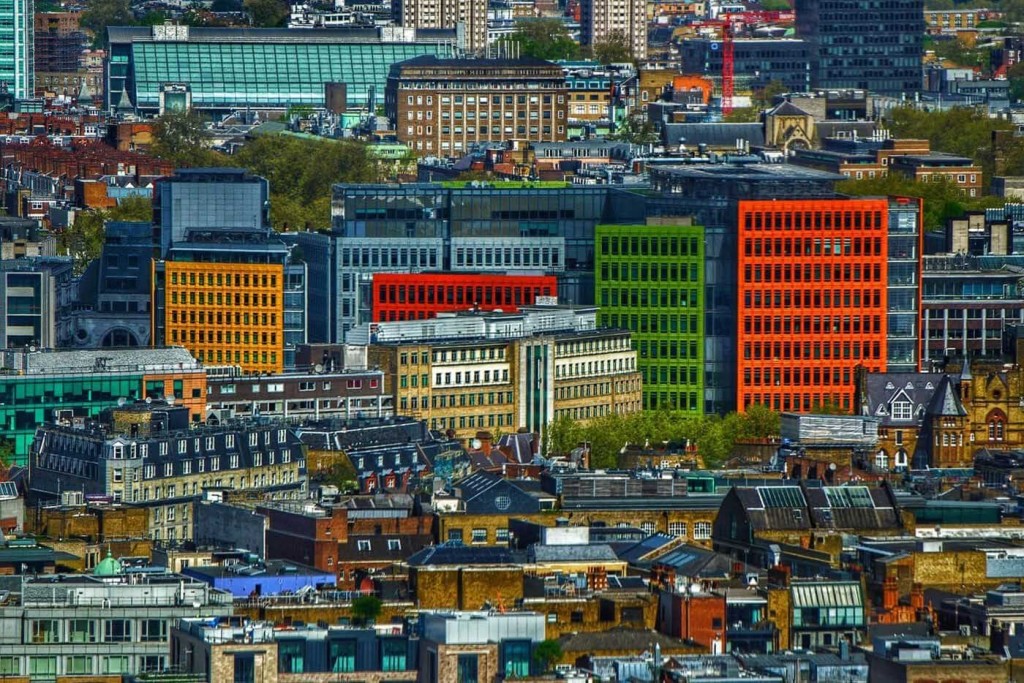
After all, not all buildings are up for grabs under the new rules. There is a new “learning and non-residential institutions” class – F1 – and a community class – F2. F1 takes in half of the old D1 use class, and includes educational establishments, places of worship, libraries and museums.
The slightly random F2 groups together meeting halls, swimming pools, playing fields and – as mentioned earlier – isolated village shops.
Meanwhile, pubs and cinemas, along with live music venues, are now sui generis, which means that it should be at least no easier to change their use than it was before. This is generally interpreted as attempting to prevent further loss of pubs and entertainment venues.
Two years later, we do see the reasoning here. In August 2022, the quarterly Market Recovery Monitor by CGA and Alix Partners found that licensed premises in the City of London have seen a net decline of 14% since the start of the pandemic. This means that one in seven pubs has been lost in the capital’s traditional business district as a result of a variety of factors, including changing working patterns.
It still remains to be seen exactly how much the changing use class system can intervene here – again, given the numerous other factors that are now shaping and stunting economic growth. But, if you are a current or prospective owner of one of these premises, a case can certainly be made for their retention and protection.

And through all of this, some businesses haven’t changed categories at all.
Betting shops and payday lenders remain classed as sui generis, which means that change of use planning permission will still be needed to move any of these businesses into a new premises that isn’t already occupied by the same type of shop.
Also unaffected are B2 (general industrial) and B8 (storage and distribution), along with housing (C).

Over the years, we have had a number of people getting in touch trying to understand whether a coffee shop counted as a shop (A1) and when it was a café (A3). Now that problem has been eliminated, but other questions will remain.
For instance, how token an eating-in set-up does a premises need to be in order to qualify as a café (Use Class E) rather than a takeaway (sui generis)? And there have been continuing arguments about whether a business is a hairdresser (E) and a beauty salon (usually sui generis). [2023 update: based on recent planning appeals and the kind of applications councils are getting, our view is that - for the moment - it seems that nail bars and beauty salons are being considered as part of Class E].
As always, we continue to look at precedents in the local area to best determine how individual councils are treating similar enterprises amid the changes. Depending on the nature of your project, we might recommend feasibility research to best understand the context at the start.
As ever, you should not be surprised by the English planning system's ability to come up with headache-inducing contradictions. The government's guidance clearly states that changes of use within the same use class are not "development". And if they are not development, logically, planning authorities - whose job is to oversee development - should have no right to interfere.
But all the planning lawyers whose opinions we have either read or asked in person seem agreed that councils can use planning conditions to limit the use of a building to a subdivision of a use class. For instance, E(g), which is the old B1 (offices and workshops).
As far as we are aware (in March 2023), there have been no significant court cases testing this. If there are, we will let you know.
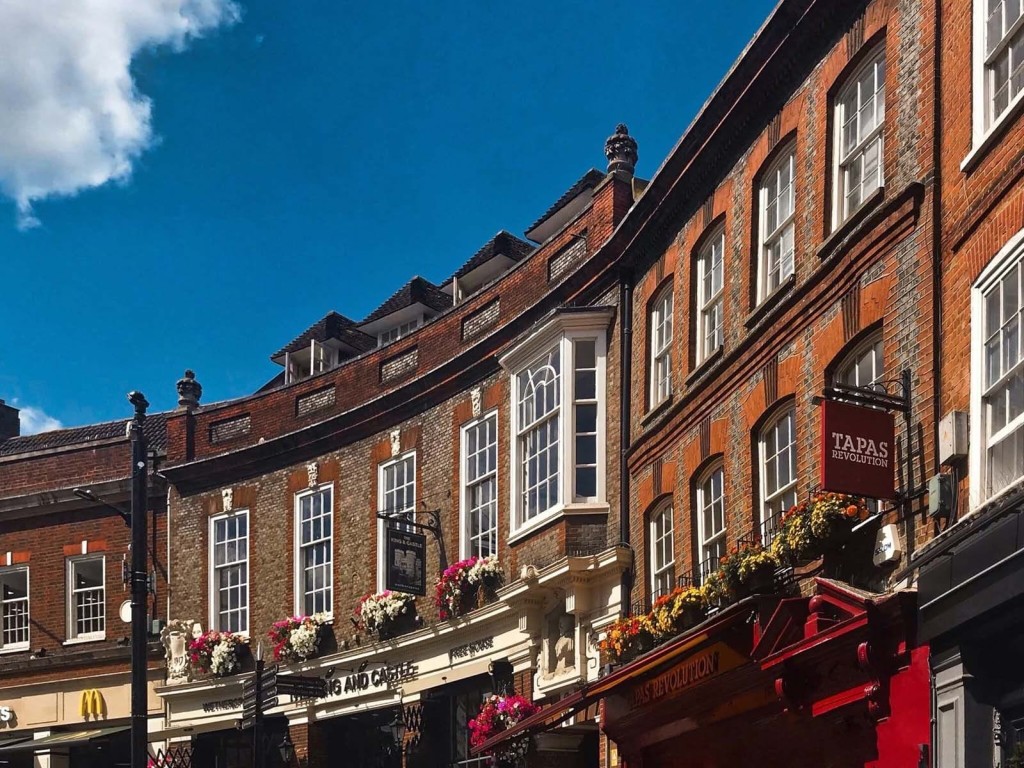
Some councils, especially in London, have been trying to preserve certain types of employment outside of central areas in the face of previous central government moves.
Permitted development rights allowing changes from places of employment to housing are already a contentious issue and now there’s the option to turn offices (currently B1(a)) and workshops (currently B1(c)) into any of the many businesses covered by the new Class E.
Fundamentally, the new regulations mean that councils have much less power through the planning system to encourage certain types of businesses on the high street and elsewhere and to discourage others. This doesn’t just affect their ability to make decisions about the change of use of individual shops but more importantly what they can suggest in their local plans meant to shape the way the area will develop over the next 15 years.
For instance, a redeveloped area intended for workshops and small cafés to boost locally-based employment and craft production could end up with no workshops and no cafés.
And while it might be profitable for a landlord to sell a small office building to someone wanting to convert it into a gym, that loss of office workers could have a serious impact on local restaurants and cafés. Before, the council’s strategic thinking could have had an effect on whether that happened – now that power will be much reduced. The survival of existing Article 4 directions and the use of planning conditions will have some effect, but with new regulations going so far beyond what was possible before, that effect will be limited.
We should point out, though, that some businesses whose presence can generate a lot of public complaints – e.g. takeaways and betting shops – have been left out of class E.
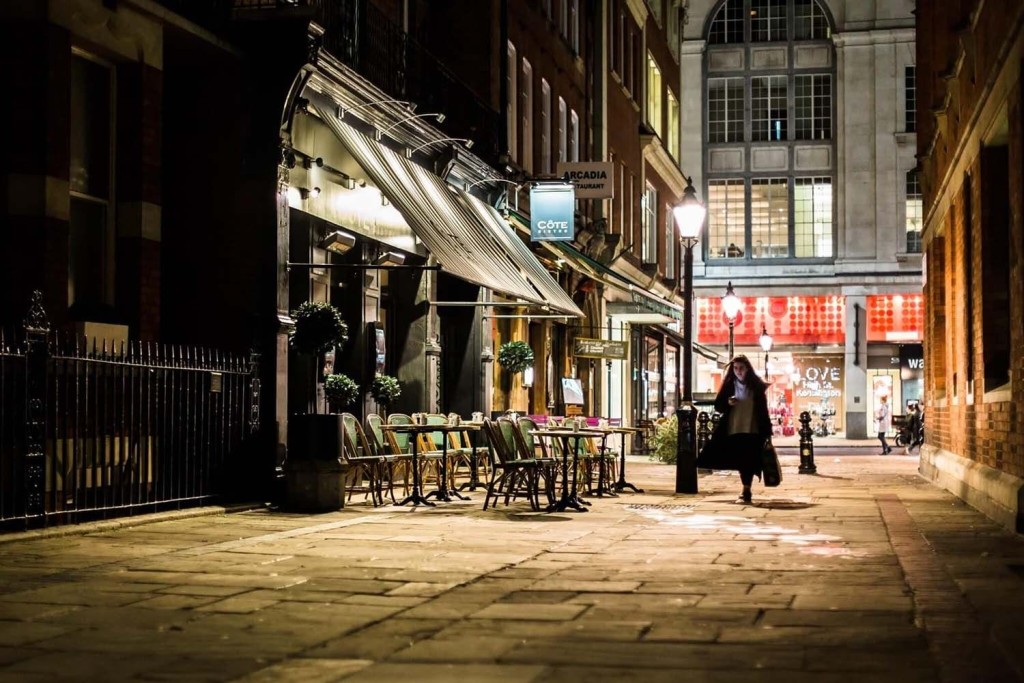
Whenever a new permitted development right comes in – or in this case, a new definition so that change of use isn’t development at all – some people write about it as a simple “you can do this, you can’t do this”. But that’s not the way the English planning system works. While it’s now much simpler to turn a travel agency into a clinic than a travel agency into a bar, it doesn’t mean that you can’t change a travel agency into a bar. It just means that you will need planning permission.
Planning permission will give you peace of mind – it means you will know exactly what you are able to do and not with your premises. You won’t have to worry that in the future that the local planning authority has, for instance, decided you have gone beyond the very broad definitions of what’s allowed under class E and issued an enforcement notice.
And for any external structural changes that you need to make to help your business – so that, for example, anyone passing by understands that what used to be a travel agency is now a bar, you will also need planning permission.
Urbanist Architecture is a London-based RIBA chartered architecture and planning practice with offices in Greenwich and Belgravia. With a dedicated focus in proven design and planning strategies, we have helped many businesses get planning permission for their new premises.
If you would like us to help you either get planning permission for a change of use not affected by the September 2020 regulations, or planning permission for external changes to the building, get in touch today.

Nicole I. Guler BA(Hons), MSc, MRTPI is a chartered town planner and director who leads our planning team. She specialises in complex projects — from listed buildings to urban sites and Green Belt plots — and has a strong track record of success at planning appeals.
We look forward to learning how we can help you. Simply fill in the form below and someone on our team will respond to you at the earliest opportunity.
The latest news, updates and expert views for ambitious, high-achieving and purpose-driven homeowners and property entrepreneurs.
The latest news, updates and expert views for ambitious, high-achieving and purpose-driven homeowners and property entrepreneurs.


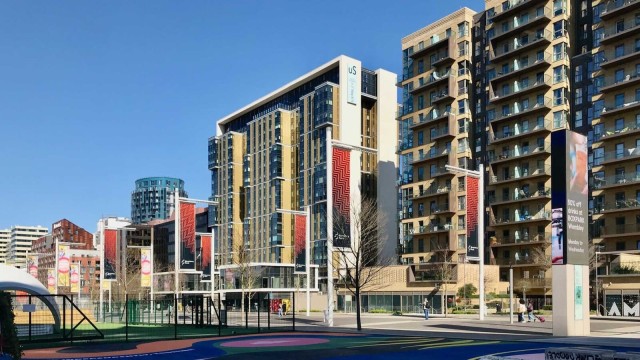
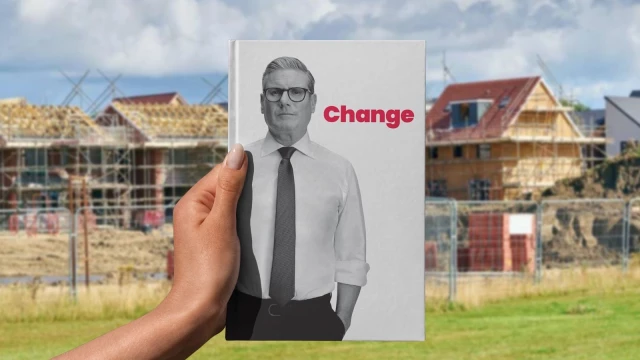
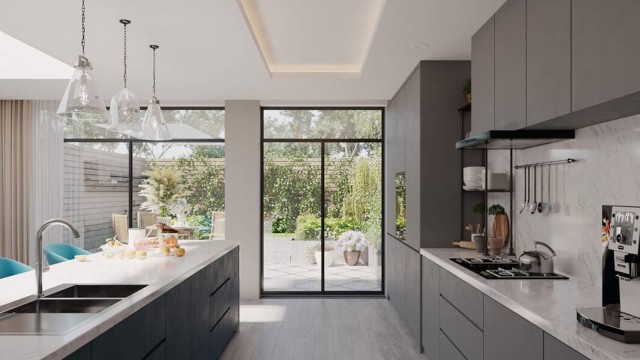

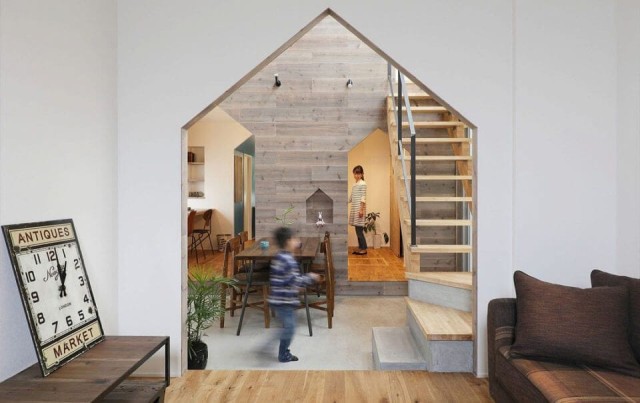
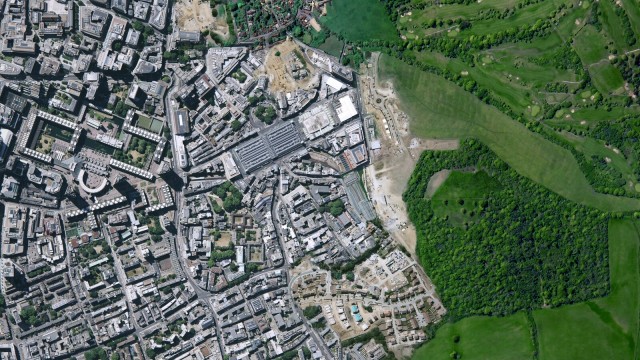

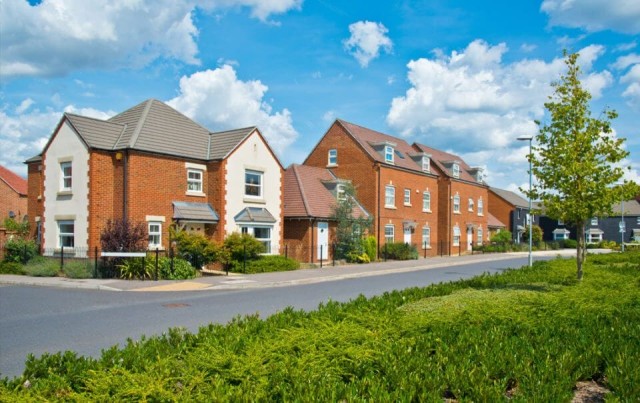
We specialise in crafting creative design and planning strategies to unlock the hidden potential of developments, secure planning permission and deliver imaginative projects on tricky sites
Write us a message